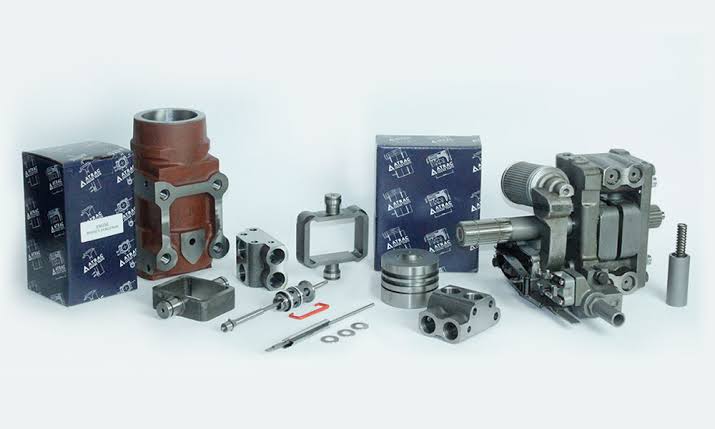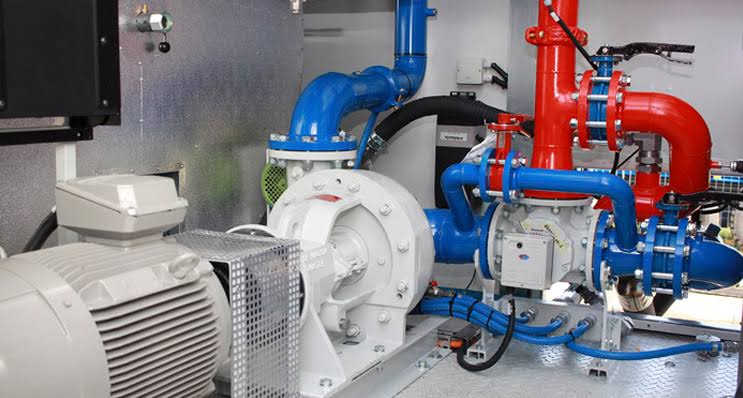
Hydraulic Parts and Equipment Hydraulics refers to the use of fluid power to perform work, commonly in industrial, automotive, and construction applications.
Construction Equipment: Excavators, bulldozers, and cranes. Manufacturing: Presses, injection molding machines. Automotive: Brake systems, power steering.










